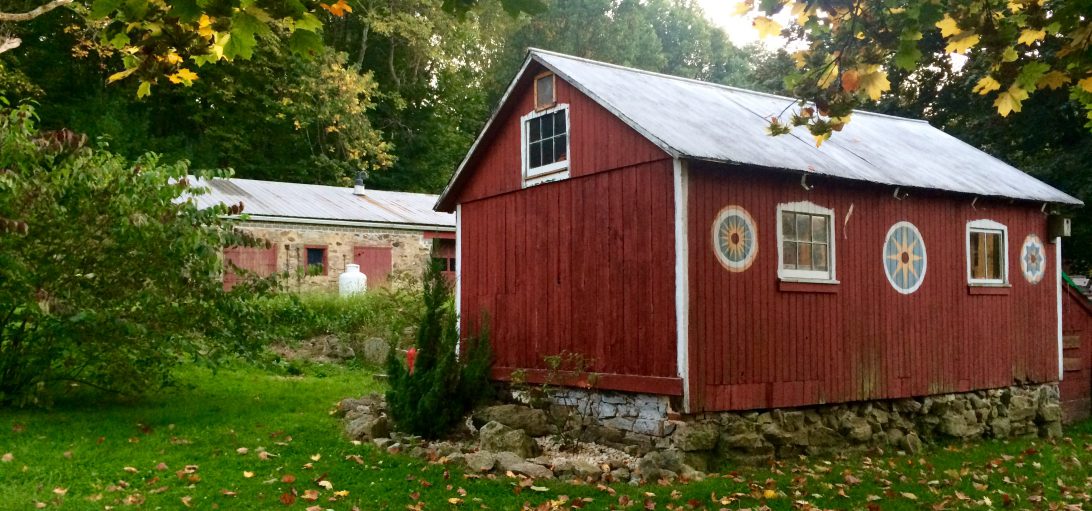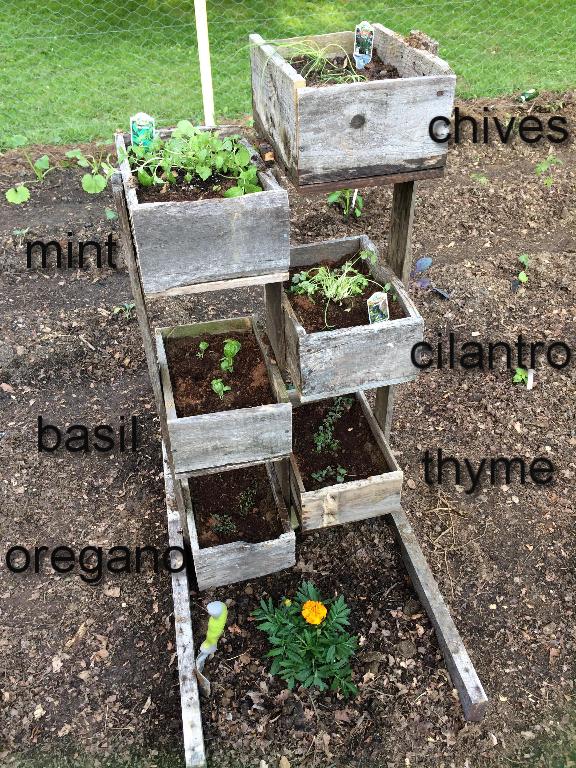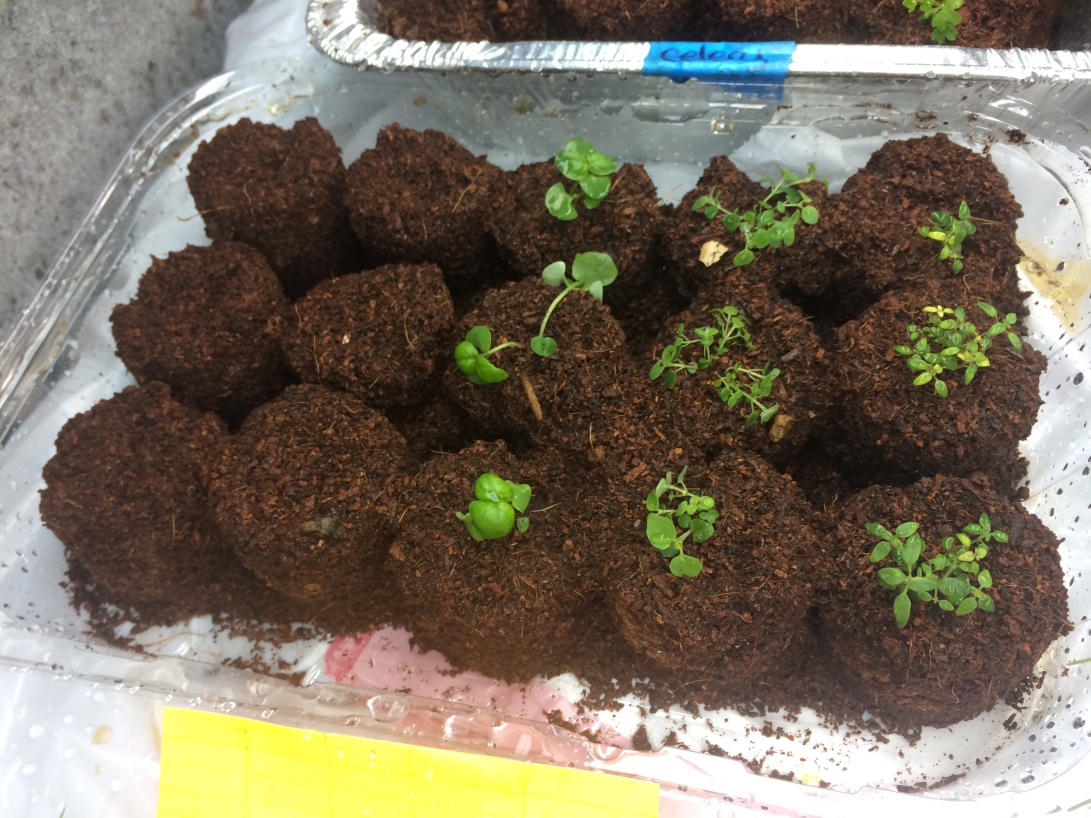Autumn is one of the most amazing times of year, in my opinion. You can literally smell it in the air. There’s a little chill, the wind picks up and makes the leaves dance, the kids head back to school, and best of all the local apples ripen!
I’ll eat a plain apple any time, day or night, but is there anything more delicious than an apple dessert?
My only complaint about apple desserts is that they tend to be really heavy in sugar. I’m not afraid to indulge my sweet tooth now and then, but I really don’t like to eat too much sugar or flour. I prefer creamy, rich desserts over sugary-sweet ones. Besides, when you add too much sugar it camouflages the natural sweetness of the apples. And really, that’s one of the most amazing things about apples. You can adjust the sweetness of your desserts by choosing different apple varieties. I have two apple trees in my yard, and this year one of them has been going absolutely bonkers. My apples are medium-sweet, so you might want to adjust this recipe if you are using a tart or super-sweet variety.
(If you’re wondering who the photographer is, my lovely oldest daughter has started an Instagram account for the blog! She is quite talented, so follow her at HomesteadFromTheGroundUp, and enjoy her pictures between blog posts!)
This apple cake recipe is my favorite way to make a baked apple dessert because it doesn’t go overboard. In fact, it uses only 1/2 cup of sugar and 1/2 cup of flour in the entire recipe!
I recently discovered silicone baking pans, and my life just hasn’t been the same since. I HATE the waste of single-use things like parchment paper, and I really don’t want to add additional calories to my food by heavily greasing pans, but I was also getting really tired of losing the bottom 1/3 of my cornbread muffins every time I made them. Finally, I broke down and ordered a set of silicone pans and muffin cups. If you haven’t tried them, I highly recommend it! The only drawback is that they aren’t very attractive, so they are not ideal for dishes that need to be served in their pans, like cobblers or shepherd’s pie.

For this recipe you will need the following ingredients:
- 4 Apples, peeled and cut
- 1/2 cup All-purpose flour
- 1/2 cup Sugar separated into two-1/4 cups
- 1 Tablespoon Baking powder
- 1/8 teaspoon Salt
- 1/2 teaspoon Vanilla
- 3 Eggs
- 2 Tablespoons Oil
- 1/3 cup Milk
- 3 Tablespoons melted, cooled Butter
- Spices (nutmeg, cinnamon, etc.)

The apple cutting doesn’t have to be done in any particular fashion, but I have noticed that the finished cake does serve better when the apples are cubed instead of sliced. For this reason, I cut my apples into approximately 1/2 inch cubes. Homegrown apples brown insanely fast once they’re cut. It really makes you shudder when you realize how much junk they must pump into store-bought apples to keep them from browning. Ew!

First, preheat your oven to 400 degrees F. Then, mix together all your flour, 1/4 cup of sugar, baking powder, salt, vanilla, 2 eggs, oil, and milk. You are going to wonder how in the world this is enough batter to become a cake. You are right; it isn’t going to be enough. It is going to be an amazing CUSTARD cake, though. Don’t expect this bad boy to turn out like a birthday cake. Just roll with it, though. You won’t be disappointed.
Pour your batter over your apple cubes and mix everything together. Throw everything into a baking pan and chuck it in the oven for 25 minutes.
While your custardy deliciousness is baking, mix together your remaining ingredients for the topping. You should have 1/4 cup of sugar, 1 egg, and 3 Tablespoons of melted, cooled butter left. If not, well, then, you were probably wondering what I meant when I said the batter wasn’t going to be enough. Don’t worry if you made that mistake. Your cake will still be fine.

When the 25 minutes is up, pull your dish out of the oven, spread the topping all over it, and throw it back in for another 10 minutes. This is also your opportunity to add any of your preferred spices. I really like this dish when it is dusted with a little nutmeg, but you can use cinnamon, cloves, vanilla sugar, allspice, or whatever your heart desires.
Here is a really important step. When the 10 minutes are up and the cake is done, pull it out of the oven and LET IT REST FOR 10 MINUTES. You need to resist the urge to poke, prod, jiggle, wiggle, slice, lick, or sniff it for at least 10 minutes. The cake needs to set. If you’re concerned about the way it looks, just remember that I warned you not to expect a birthday cake. I promise you are fine. Unless you didn’t read the directions and mixed all the ingredients together. Then you’re screwed. Kidding.
Once you have rested your custard cake for at least 10 minutes go ahead and give it a taste. It’s rich and creamy with a hint of sweetness and a gorgeous apple flavor. I like to eat it with a small scoop of vanilla ice cream or drizzled with cream.

There is very little guilt factor with this dessert, too. If you cut it into six servings, each serving has 280 calories, 5 grams of protein, 4 grams of fiber, and under 30 grams of sugar. That’s not a horrible way to kill a sweet tooth. I hope you give this recipe a try. If you do, please let me know how it came out and any additions or changes you made. I love new inspiration!
Bon appétit.








































